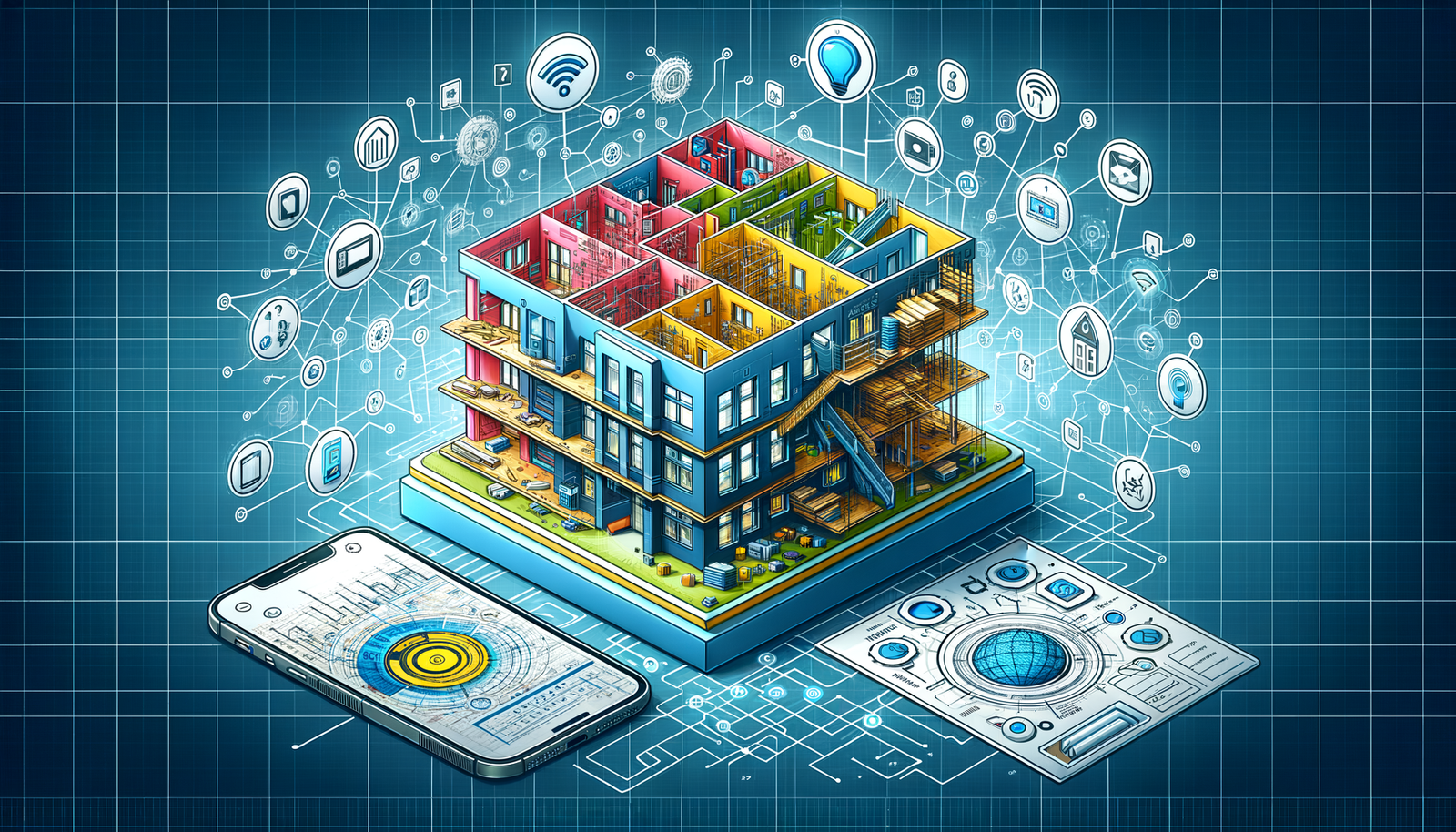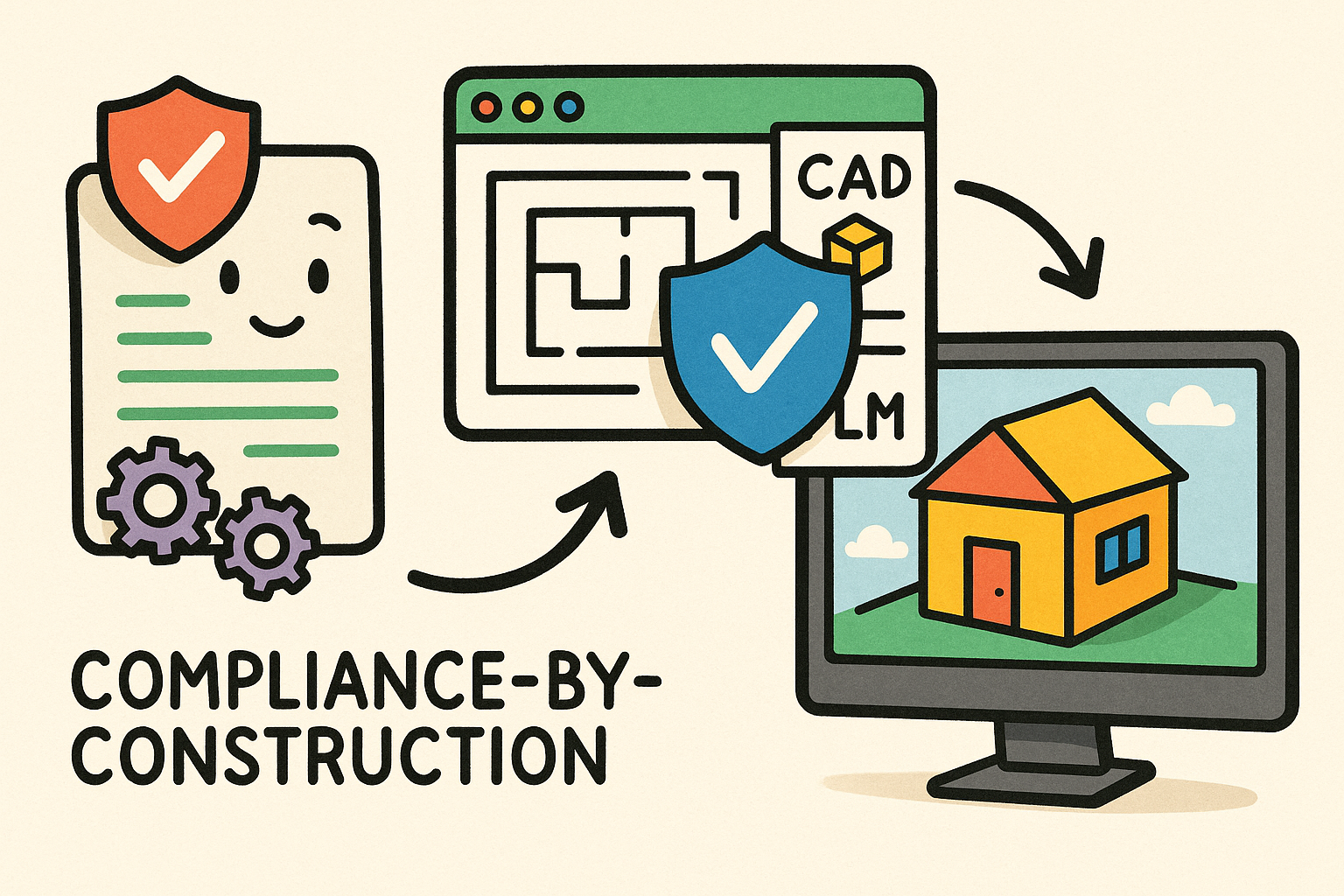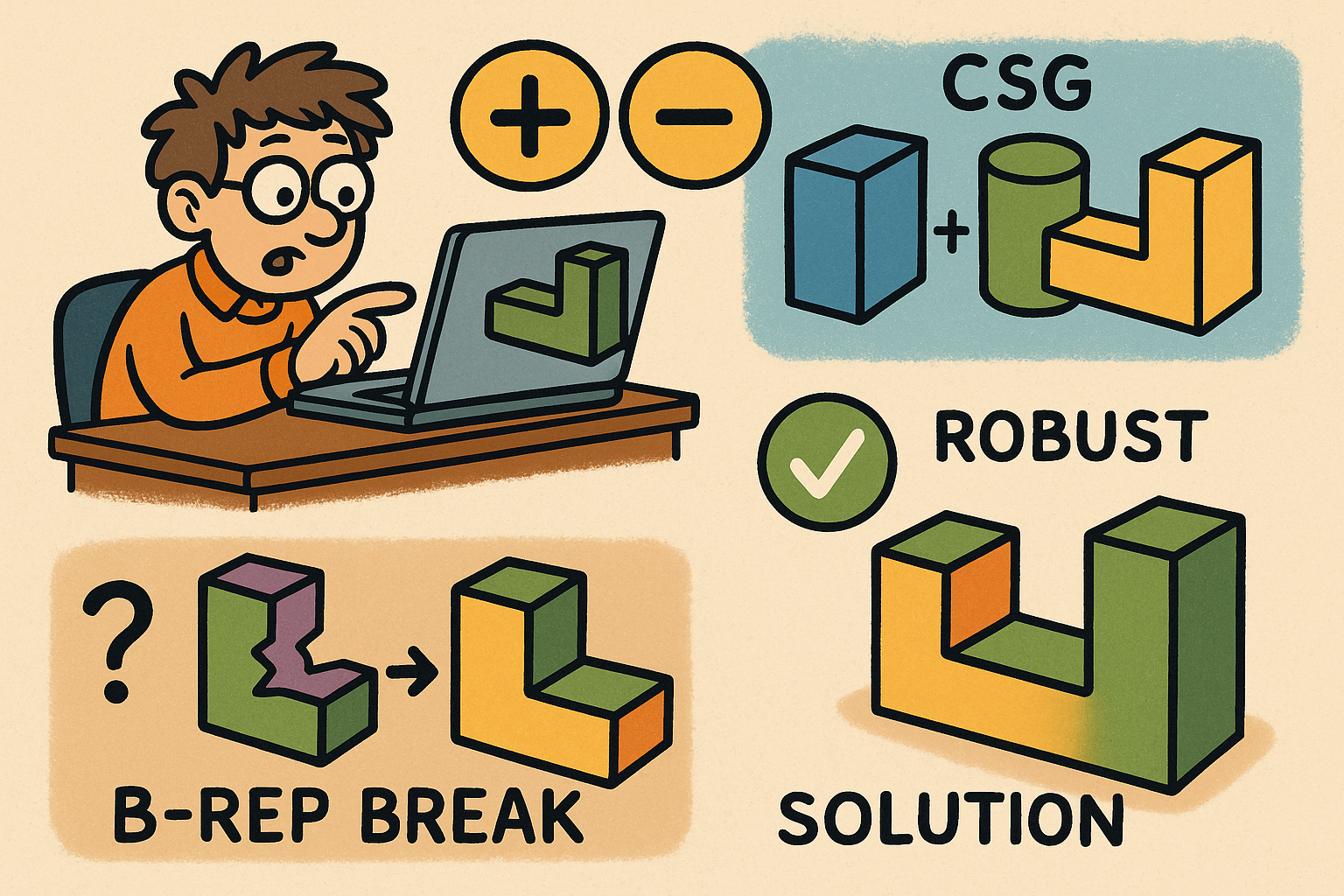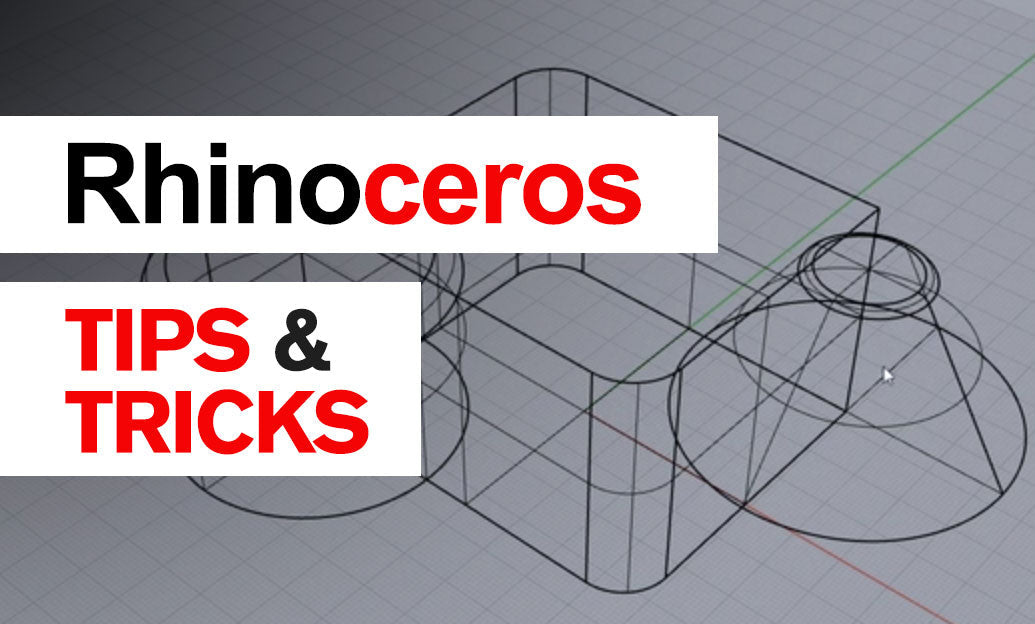Your Cart is Empty
Customer Testimonials
-
"Great customer service. The folks at Novedge were super helpful in navigating a somewhat complicated order including software upgrades and serial numbers in various stages of inactivity. They were friendly and helpful throughout the process.."
Ruben Ruckmark
"Quick & very helpful. We have been using Novedge for years and are very happy with their quick service when we need to make a purchase and excellent support resolving any issues."
Will Woodson
"Scott is the best. He reminds me about subscriptions dates, guides me in the correct direction for updates. He always responds promptly to me. He is literally the reason I continue to work with Novedge and will do so in the future."
Edward Mchugh
"Calvin Lok is “the man”. After my purchase of Sketchup 2021, he called me and provided step-by-step instructions to ease me through difficulties I was having with the setup of my new software."
Mike Borzage
Integrating BIM and IoT for Smarter, More Sustainable Building Solutions
November 15, 2024 6 min read


Introduction
Building Information Modeling (BIM) and the Internet of Things (IoT) are two groundbreaking technologies that are significantly impacting the architecture, engineering, and construction (AEC) industry. BIM is a digital representation of the physical and functional characteristics of a facility, serving as a shared knowledge resource for information about a building throughout its life cycle. In contrast, the IoT refers to the interconnection of everyday objects via the internet, enabling them to send and receive data. The importance of integrating BIM with IoT lies in the creation of smart buildings that are more efficient, sustainable, and responsive to the needs of occupants. This article explores how BIM plays a crucial role in smart building design, how IoT technologies are revolutionizing building management, and the challenges and solutions associated with integrating BIM and IoT.
The Role of BIM in Smart Building Design
Building Information Modeling (BIM) is at the forefront of smart building design, offering a comprehensive and collaborative platform for all stakeholders involved in a construction project. At its core, BIM is more than just a 3D model; it encompasses detailed information about every component of a building, including its geometry, spatial relationships, geographic information, and quantities and properties of building elements. This level of detail facilitates a higher degree of precision in planning, designing, constructing, and managing buildings. The benefits of using BIM in building projects are manifold. Firstly, it enhances collaboration among architects, engineers, contractors, and owners by providing a single source of truth. All parties can access and update information in real-time, which minimizes errors and discrepancies that often lead to project delays and cost overruns. Secondly, BIM improves visualization and analysis, allowing designers to simulate building performance under various scenarios. This includes energy efficiency assessments, lighting analysis, and structural integrity evaluations. By identifying potential issues early in the design process, BIM helps in optimizing designs for better performance and sustainability. Moreover, BIM plays a pivotal role in integrating advanced technologies into smart buildings. With the rich data environment that BIM provides, it becomes easier to incorporate intelligent systems that monitor and control building functions. For example, BIM models can be used to plan the installation of sensors and automation systems that enhance the building's responsiveness to environmental conditions and occupant behaviors. Additionally, BIM supports facility management post-construction by maintaining a detailed digital record of the building's components and systems. This assists in maintenance scheduling, asset management, and future renovations or expansions. In essence, BIM serves as the backbone of smart building design by offering a holistic and data-driven approach to construction. It enables the creation of buildings that are not only structurally sound and aesthetically pleasing but also technologically advanced and environmentally conscious. By leveraging BIM, stakeholders can achieve greater efficiency, reduce waste, and deliver buildings that meet the evolving needs of society.
IoT Technologies Revolutionizing Building Management
The Internet of Things (IoT) is revolutionizing building management by introducing a network of interconnected devices that collect and exchange data to optimize building operations. In smart buildings, IoT technologies encompass a wide range of devices and systems, including sensors, actuators, and data analytics platforms that work together to enhance efficiency and occupant comfort. Sensors are the foundational elements of IoT in smart buildings. They monitor environmental conditions such as temperature, humidity, light levels, and air quality. Occupancy sensors detect the presence of people in different areas, enabling dynamic control of lighting, heating, and cooling systems. By providing real-time data, sensors allow building management systems to adjust settings automatically, reducing energy consumption and operational costs. Automation is another critical aspect of IoT in building management. Automation systems use the data collected by sensors to perform tasks without human intervention. For instance, automated lighting controls can dim or turn off lights in unoccupied spaces, while HVAC systems can adjust temperatures based on occupancy patterns and weather forecasts. Automation not only improves energy efficiency but also enhances the comfort and productivity of occupants by creating responsive environments tailored to their needs. Data analytics plays a significant role in maximizing the benefits of IoT technologies. By analyzing the vast amounts of data generated by sensors and devices, building managers can identify patterns, detect anomalies, and predict maintenance needs. Analytics enable proactive decision-making, such as scheduling equipment maintenance before failures occur or optimizing space utilization based on occupancy trends. Furthermore, integrating IoT with BIM allows for real-time monitoring and decision-making within a comprehensive digital model of the building. This integration provides a visual context for data, making it easier to interpret and act upon. In summary, IoT technologies are transforming building management by enabling smarter, data-driven operations. The combination of sensors, automation, and analytics leads to buildings that are more efficient, comfortable, and adaptable. By embracing IoT, building owners and managers can achieve significant cost savings, reduce environmental impact, and improve the overall experience for occupants.
Challenges and Solutions for BIM and IoT Integration
Integrating BIM and IoT technologies presents several challenges that need to be addressed to fully realize the potential of smart buildings. One of the primary challenges is technical barriers related to interoperability. BIM and IoT systems often use different software platforms, data formats, and communication protocols, making seamless integration difficult. This lack of standardization can lead to fragmented systems where data cannot be easily shared or utilized across different platforms. Data management issues also pose significant challenges. The vast amount of data generated by IoT devices requires robust systems for storage, processing, and security. Managing this data effectively is essential to extract meaningful insights and maintain the integrity of building operations. Additionally, data privacy concerns must be addressed, especially when collecting information about building occupants. Collaboration hurdles among stakeholders can impede the integration of BIM and IoT. Successful integration requires close coordination between architects, engineers, IT professionals, and facility managers. Differences in expertise, priorities, and communication styles can lead to misunderstandings and delays. To overcome these challenges, several solutions can be implemented:
- Adopting open standards and protocols: Using standardized data formats and communication protocols facilitates interoperability between BIM and IoT systems. Open standards such as the Industry Foundation Classes (IFC) for BIM and standardized communication protocols for IoT devices ensure that different systems can communicate effectively.
- Enhanced training and awareness programs for stakeholders: Providing training for all stakeholders involved helps bridge knowledge gaps and fosters a collaborative environment. By ensuring that everyone understands the capabilities and requirements of both BIM and IoT systems, teams can work together more effectively toward integration.
Conclusion
The integration of Building Information Modeling with the Internet of Things marks a significant advancement in the creation of smart buildings. This convergence enables a holistic approach to building design and management, where digital models and real-time data work in tandem to optimize performance. Integrating BIM with IoT allows for proactive maintenance, energy efficiency, and environments that adapt to the needs of occupants. Looking ahead, future trends in design software and smart building technologies are poised to further enhance this integration. Advances in artificial intelligence, machine learning, and predictive analytics will provide deeper insights and automation capabilities. The development of more sophisticated sensors and IoT devices will expand the possibilities for data collection and building responsiveness. For designers and engineers, embracing these technologies is essential to stay competitive and meet the evolving demands of the industry. By adopting BIM and IoT integration, professionals can deliver buildings that are not only functionally superior but also contribute positively to sustainability goals. The call to action is clear: leverage the power of BIM and IoT to create more efficient, innovative, and sustainable building solutions that will define the future of the built environment.
Also in Design News

Compliance-by-Construction: Embedding Executable Regulatory Rules into CAD, BIM, and PLM
December 07, 2025 11 min read
Read More
Design Software History: Boolean Modeling in CAD: CSG Origins, B‑Rep Breaking Points, and Robustness Solutions
December 07, 2025 15 min read
Read More
Rhino 3D Tip: Layer States: Save and Restore Layer Visibility and Properties
December 06, 2025 2 min read
Read MoreSubscribe
Sign up to get the latest on sales, new releases and more …


